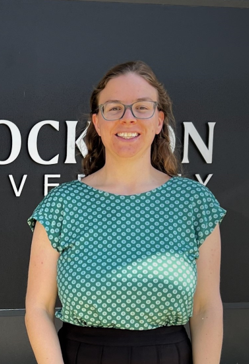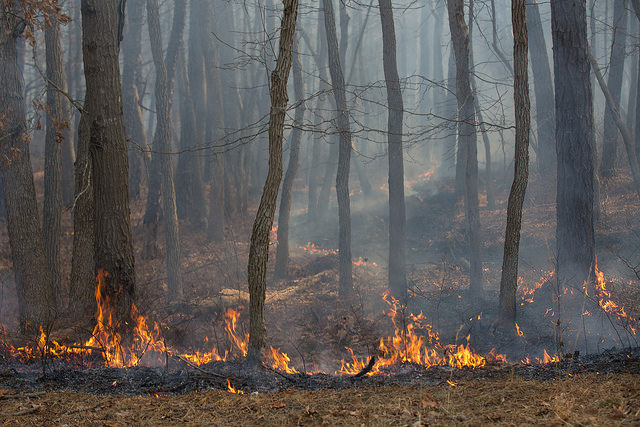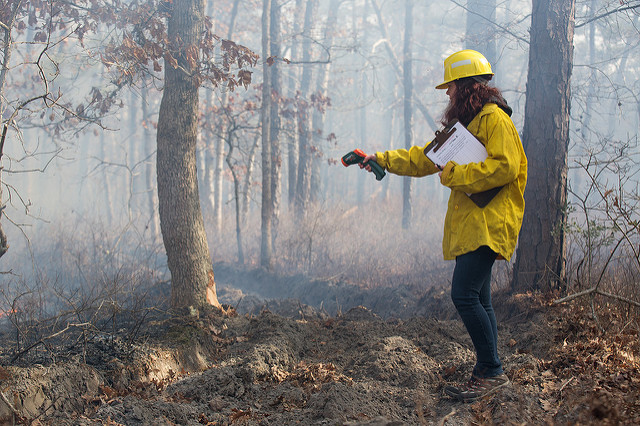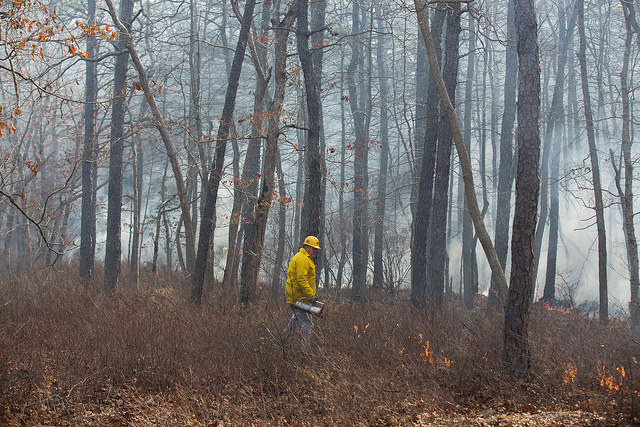Biodiversity
Stockton University is a premier resource for teaching, research and service related to the environment. The campus consists of a wide variety of upland and lowland forest types, old fields, managed lawns and gardens, streams, lakes, ponds, borrow pits, etc. all these areas provide habitat for a wide range of native and introduced species.
Stockton University works with the NJ Pinelands Commission, the County of Atlantic and other groups to restore the campus lakes and streams by controlling stormwater and nutrient inputs through Best Management Practices and use of native, low-maintenance landscaping.
Upcoming Meetings
“The University seeks to promote an ethic of resource conservation, sustainability, and social justice on our campuses and throughout the region in its strategic planning and operations as well as its teaching, research, and service. Stockton embraces the obligation of stewardship this environment demands.” Mission Statement. (2019). Retrieved from https://stockton.edu/president/mission-statement.html
Mission Statement
Stockton University’s Biodiversity Committee endeavors to promote and encourage long-term
preservation of our biological heritage and foster a knowing stewardship of our Campus
through research and educational initiatives.
Vision
To seek to enhance Stockton’s history, aesthetics, and natural ecosystems;
To act as a liaison to University partners and leaders by informing decision makers
of current conditions and future consequences of emerging threats to wildlife and
ecosystems through collaborative research, and scientific findings;
To increase faculty, staff and student involvement in sustaining and promoting natural
biodiversity, healthy soils and clean water and air;
To coordinate with the Office of Facilities Planning & Plant Operations regarding
current facility maintenance practices and outcomes and offer recommendations for
improvements or additions;
To advance environmental awareness by enhancing the public’s understanding of biodiversity
and promote a culture in which people are inspired to conserve and protect the natural
world;
To pursue internal and external grant funding that supports biodiversity initiatives.
The Biodiveristy Committee provides a forum for members to discuss environmental, social and biodiversity issues related to the campus community. This committee meets once a month and consists of faculty & staff.

Justine Ciraolo

Catherine Tredick

Susan Allen

Sophia Bradach

Megan Fielding

John Fritsch

Cyndi Gove

Matt Olson

Naz Onel

Marcie Pallante

Christine Schairer

Charles "Skip" West

Dave Wood
A ¼ mile fitness trail with 10 stations for stretching and strength training loops through a scenic stretch of Stockton University’s campus. The trail is available to the public for exercise and recreation.
Experience Stockton's unique 1,852 acre campus by navigating the newly signed trail available to walkers, joggers and bicyclists. The trail head begins at the intersection of Waterway Drive and Vera King Farris Drive, east of the Arts and Sciences Building. However, the trail may be accessed at numerous locations along its loop.
The trail sign is dark green with white lettering and includes an arrow indicating direction of travel. Below the trail sign and carved into the wood post is the mileage. The mileage is engraved on two sides of the post for trail users to chart their distance navigating in a clockwise or counter clockwise direction.
The signed trail is a significant benefit to Stockton University as it encourages alternate forms of transportation, offers students and community members the experience of our place in the Pinelands National Preserve, and allows access to one of New Jersey's thriving ecosystems serving as a living laboratory.
The trail signage program was funded by the Federal Highway Administration's Recreational Trail Program, through the New Jersey Department of Environmental Protection. The trail signs were fabricated by the Boys and Girls Club of Atlantic City, a local non-profit agency providing vocational and entrepreneurial business skills.
No Net Loss
As a New Jersey state entity, Stockton University is required to comply with NJ No-net-loss forestry policy by replanting trees when they are removed during development projects involving one-half acre or more.
New Jersey No Net Loss Reforestation Act Program Guidelines
Stockton University Forest Management Plan
Stockton Forest Management Plan Part 1
Stockton Forest Management Plan Part 2
Controlled Burn
Stockton University conducts controlled burns as part of our Master Forestry Plan and in conjunction with the State Fire Service. These controlled burns help to protect and restore our Pinelands forest ecosystem from threats such as the encroaching Southern pine beetle and to cultivate a future of enhanced education, recreation and healthy habitat for wildlife.



At the Pomona Road Sports Complex, a State-of -the-art system was installed to retain storm water & infiltrate it to an aquifer. This artificial turf eliminates use of pesticides and fertilizer. Design reduces run-off and enhances aquifer recharge. Surface includes recycled tires.
This form is for any student or group interested in performing a task or project that will impact Stockton University’s campus.

